Description
The Saab JAS 39 ‘Gripen’ or ‘Griffin’ forms the primary fighter wing of the Swedish Air Force along with a several other nations. The Gripen is a highly-advanced multi-role aircraft utilising the latest in digital controls and weapons delivery, all the while being produced in a modestly sized and highly streamlined package to strict Swedish Air Force requirements. The JAS 39 has been in operational service since 1997 after a relatively long development period and over 240 of the type have been produced in single-seat and twin-seat forms. The Gripen remains one of the most potent advanced lightweight fighter designs, and is able to undertake a variety of mission roles from air defence to interception, ground attack to armed reconnaissance as well as training. By the end of the 1970s, the Swedish Air Force found itself looking to advance their frontline fighter capabilities over that of the aging Saab Drakens and Viggens. The Draken, with its unique double-delta wing and single-engine design, was introduced in March of 1960 and managed a successful, if modest, existence with several air forces, being produced in 644 examples from 1955 to 1974. The Draken was developed to replace the outgoing Saab J29 Tunnan fighters. Comparatively, the Viggen made its presence known in June of 1971 to which 329 examples were produced from 1970 to 1990. The type was developed as a broader solution to undertake interception, strike and reconnaissance roles and sported a more conventional delta wing profile with forward canards and a single engine design. Work on their replacement began in 1979 with studies undertaken in 1980 to produce a modern end-product worthy of Swedish Air Force needs that could undertake a plethora of required battlefield roles. In 1981, a consortium was formed that involved Saab, Volvo Aero Corporation, Ericsson/GEC-Marconi and FFV Aerotech to design, develop and produce various portions of the aircraft. The end result became produced the JAS 39A Gripen fighter and the JAS 39B two-seat trainer, and then the updated JAS 39C, followed by a redesign producing the F39E/F. The Gripen has a very sleek design incorporating a large-area, rear-set delta-wing configuration, removing the need for horizontal tailplanes while increasing internal fuel loads and external weapons-carrying capabilities. The wings were low-mounted on a slab-sided tubular fuselage frame to which the gently sloped nose cone capped the front end. Under the nose cone was the powerful search-and-tracking facility that allowed for ‘look-down/shoot-down’ capability and multiple target ‘track-while-scan’ and target assessment, all delivered to the pilot in real-time. The Gripen can carry a huge variety of air to air and air to ground variety of weaponry as well reconnaissance pods and is currently in service with the Swedish Air Force as well as the air arms of Hungary, South Africa, Thailand, and Brazil, with other potential operators on the horizon. This 100-page full colour ‘Blue Series’ book looks in detail at the history and employment of the Gripen, with photographic references, walk arounds, and as the ‘Real to Replica’ title suggests there is a section on how to model the Gripen in popular scales, making this book and ideal resource for both the enthusiast and scale modeller alike.

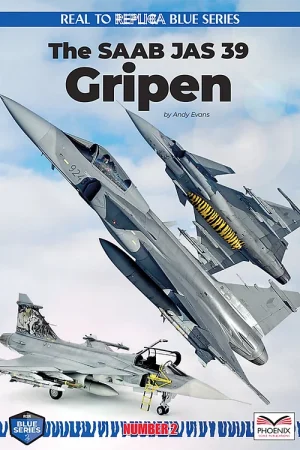
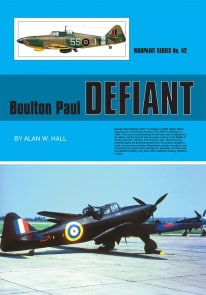

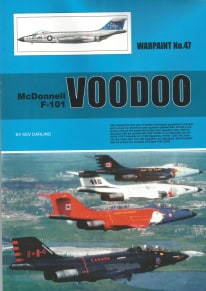
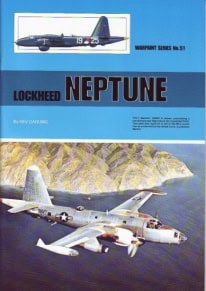
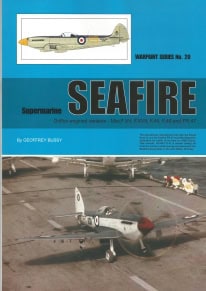
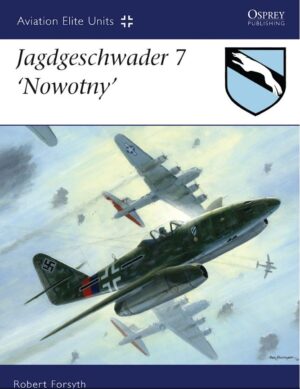
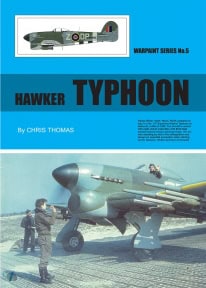
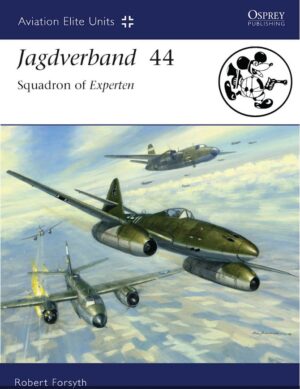
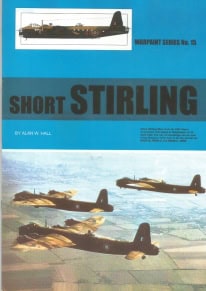
Reviews
There are no reviews yet.